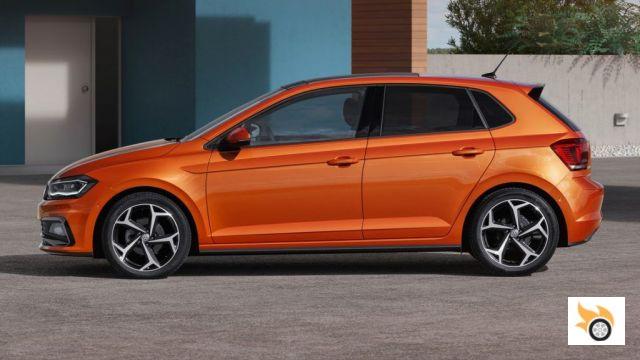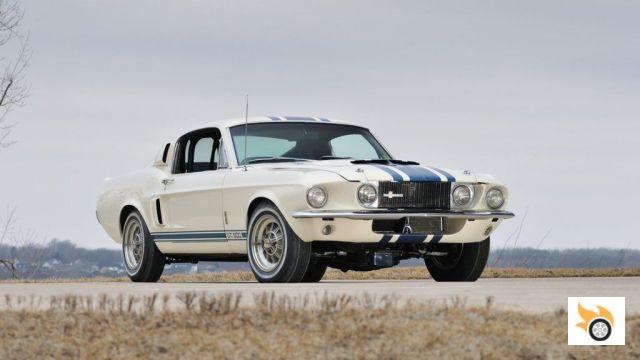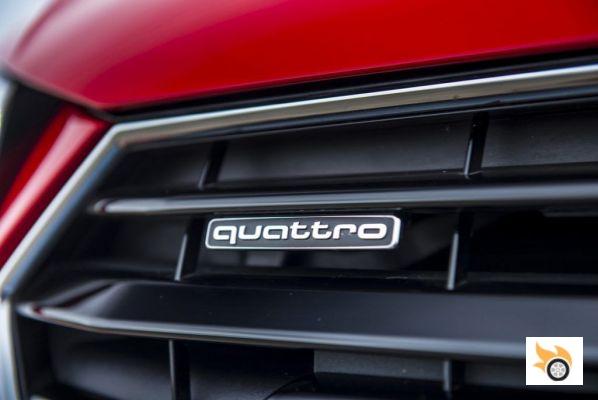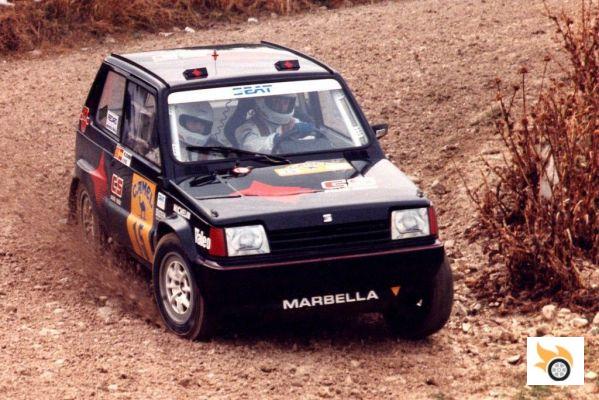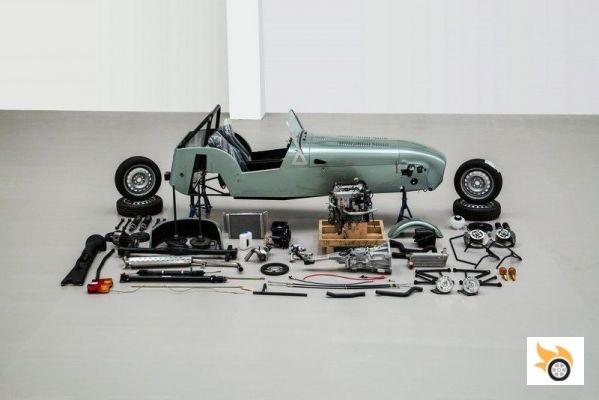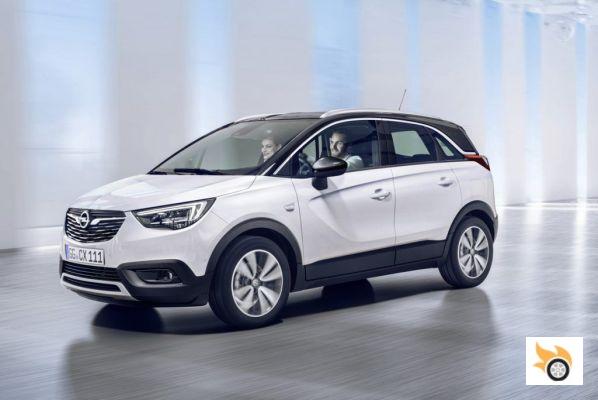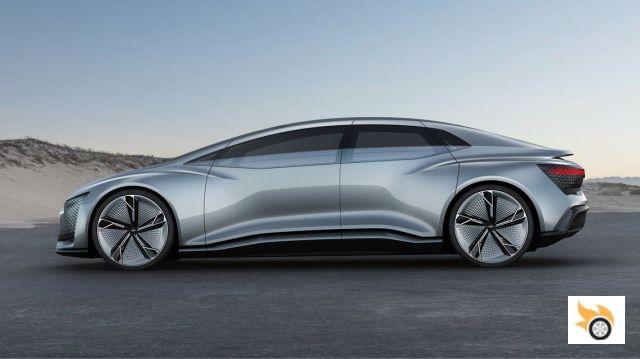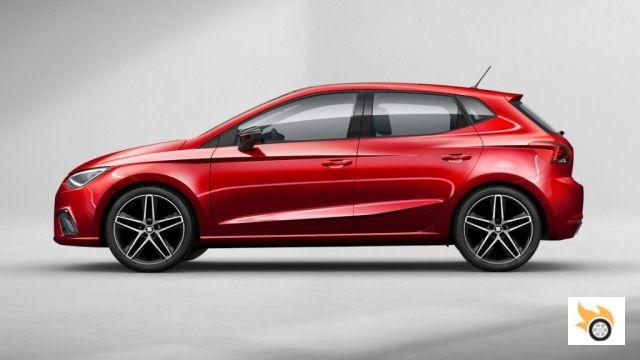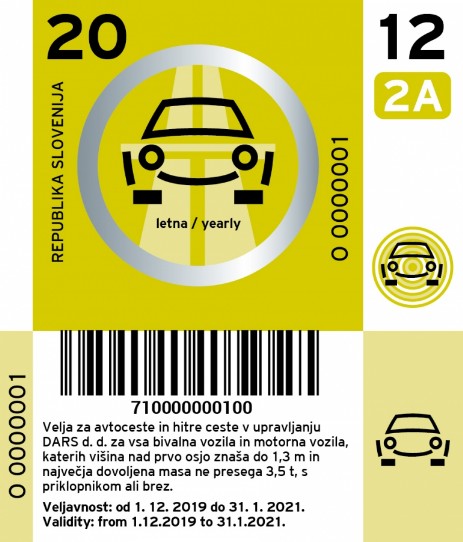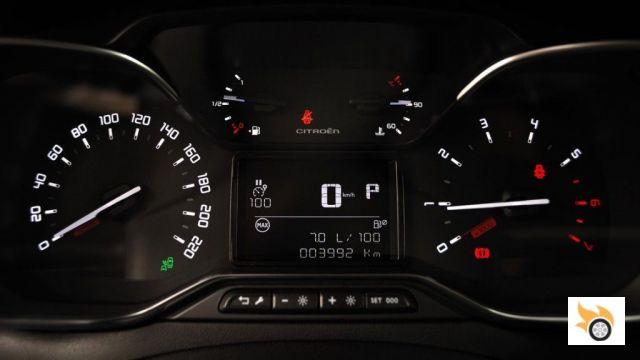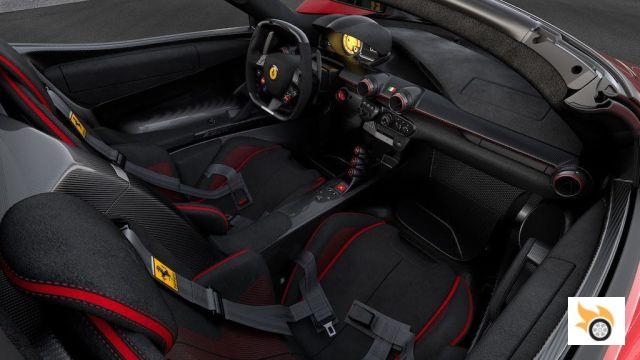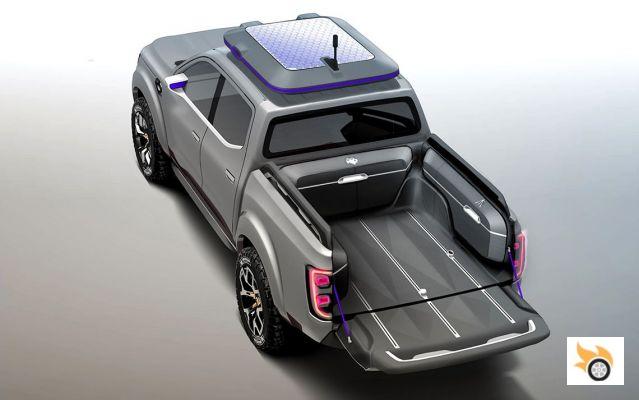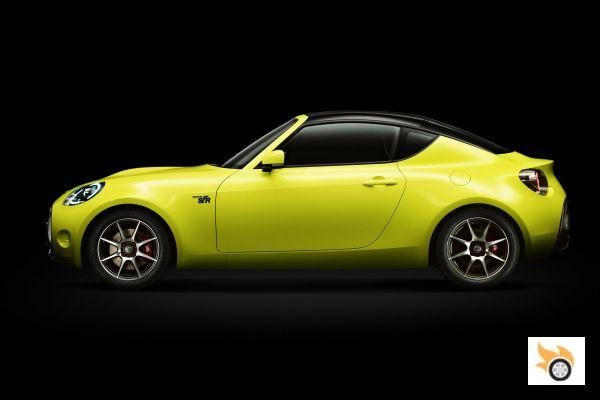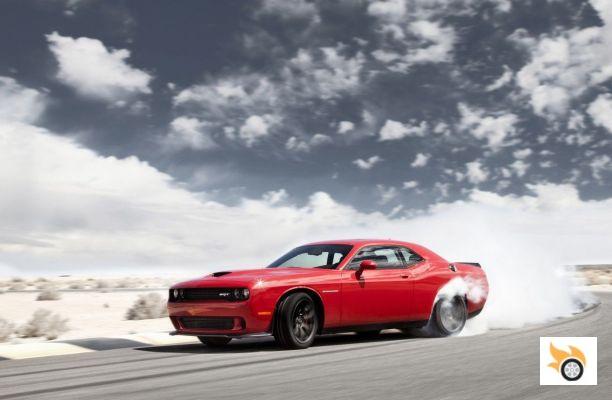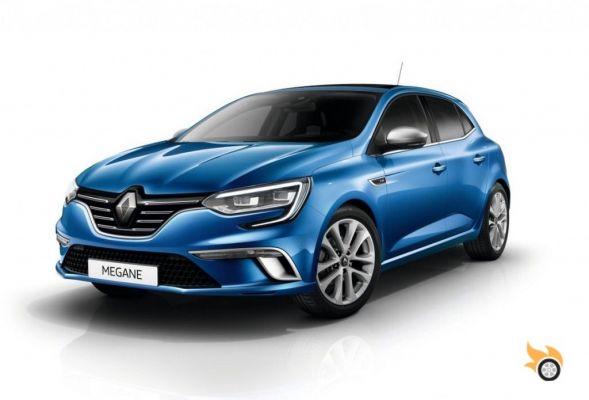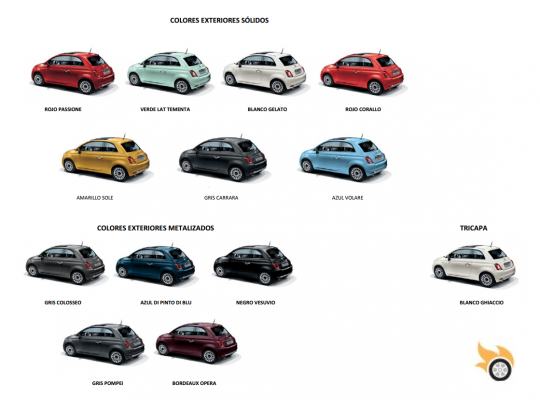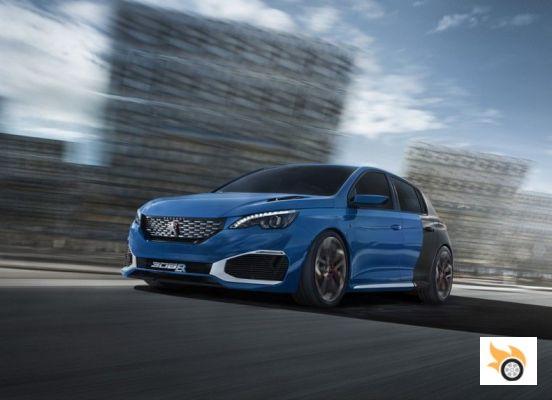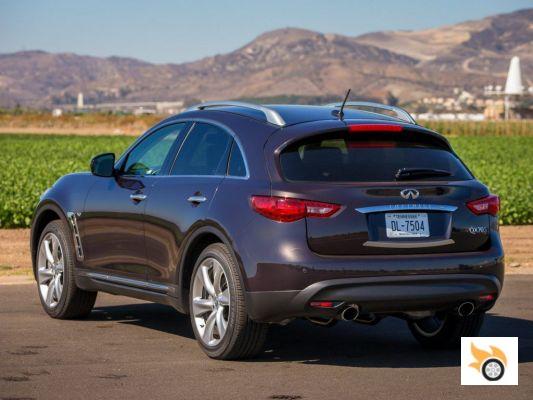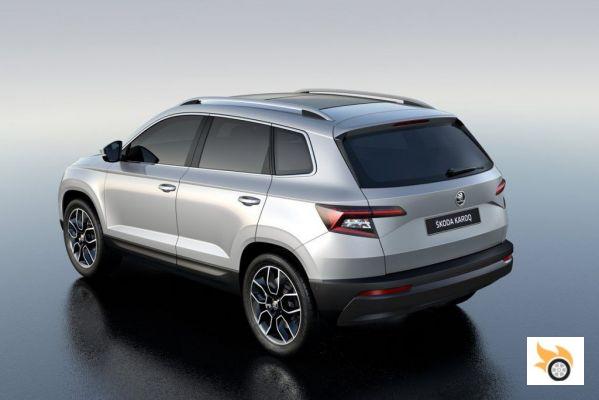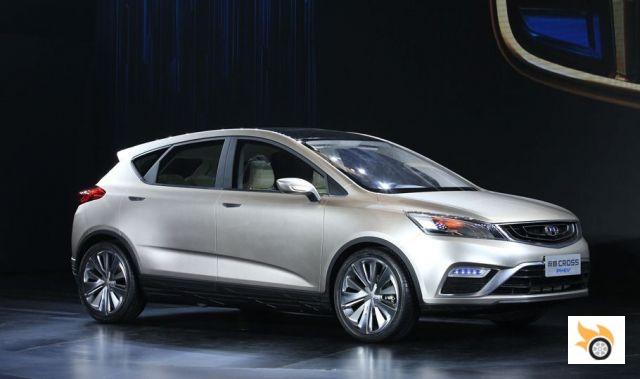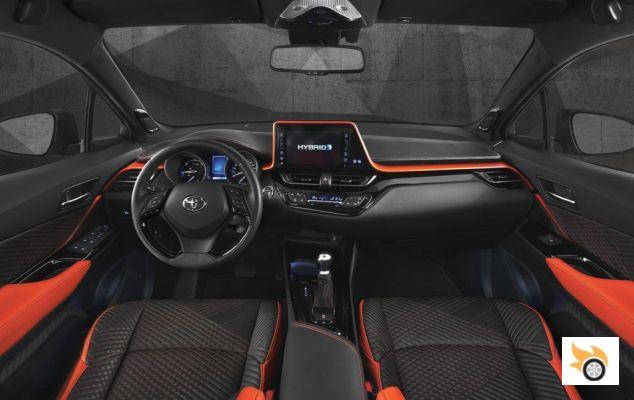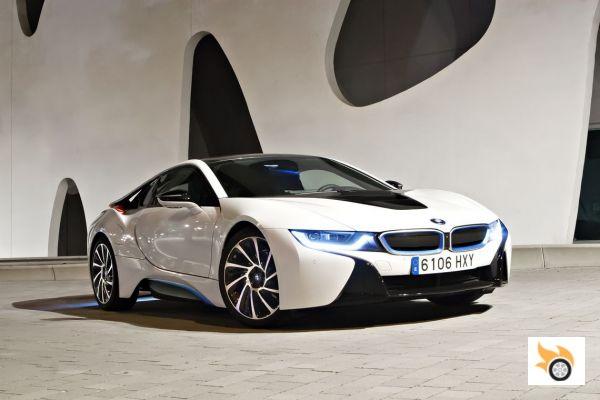In honor of the 1967 Porsche 911 R, the new R is positioned as a racing car homologated for road use. Under its belly we find the 4.0 naturally aspirated boxer six-cylinder GT3 RS, developing 500 hp at 8,250 RPM and 460 Nm at 6,250 RPM.
All this power is transmitted to the rear axle through a six-speed manual gearbox, with very short travel and automatic dual clutch function, and is launched to 100 km / h in just 3.8 seconds to reach 323 km / h. Whoever buys this car will not worry much about consumption, but even so the 911 R homologates an average of 13.3 l/100 km of gasoline.
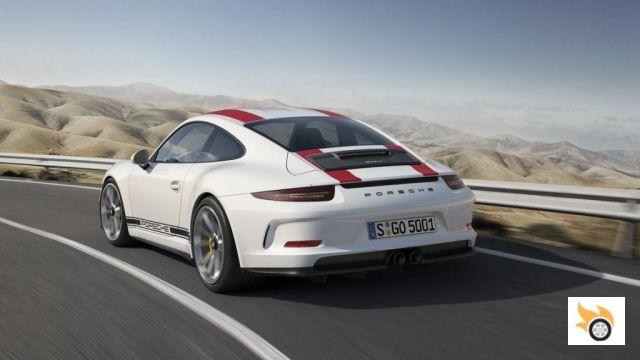
The natural habitat of the 911 R is undoubtedly the curves. To improve its efficiency in them it mounts the steering rear axle inherited from the GT3, a mechanical self-locking differential, carboceramic brakes and 20" single-nut light alloy wheels with high-performance tyres 245 mm wide at the front axle and 305 mm at the rear. As for the electronics, the PSM (Porsche Stability Management) has been recalibrated to be more permissive and allow controlled crossovers.
The total weight of the 911 R is 1,370 kilos, making it the lightest 911 in the range, 50 kilos below the GT3 RS. To achieve this weight, the bonnet and wings are made of carbon fibre, the roof of magnesium and the exhaust of titanium. Both the side windows and the rear window are made of lightweight plastic, the insulation has been reduced and the rear seats have been removed.
In fact to try to keep this weight as low as possible the climate control and audio system are optional.
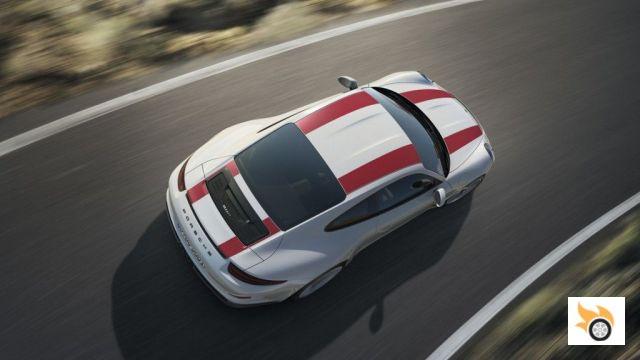
"Less is more
In the aesthetic section it can be seen that it takes many elements of the GT3, such as the front and rear. Instead of carrying the large fixed spoiler of the GT3, the R uses a retractable one similar to those used in the Carrera range and this R version also has a specific rear diffuser to provide sufficient downforce. Inside we find a carbon bucket seats whose fabric in the central part corresponds to the design Pepita tartan wearing the first 911 of the first series.
The steering wheel is unique to this model with a diameter of 360 mm. Other typical elements of the models more focused on Porsche circuit are the straps that serve to open the doors. In order not to forget that this is a limited series -only 991 units will be produced- inside there is a carbon strip that, next to the passenger, has an aluminium plate with the number that identifies each unit.
If you're convinced, you'll be able to reserve it and get your hands on one from May. Being a special edition with a limited number of units it's not very cheap, 217,469 euros to be exact, but for that price you'll get one of the best 911s ever made.




